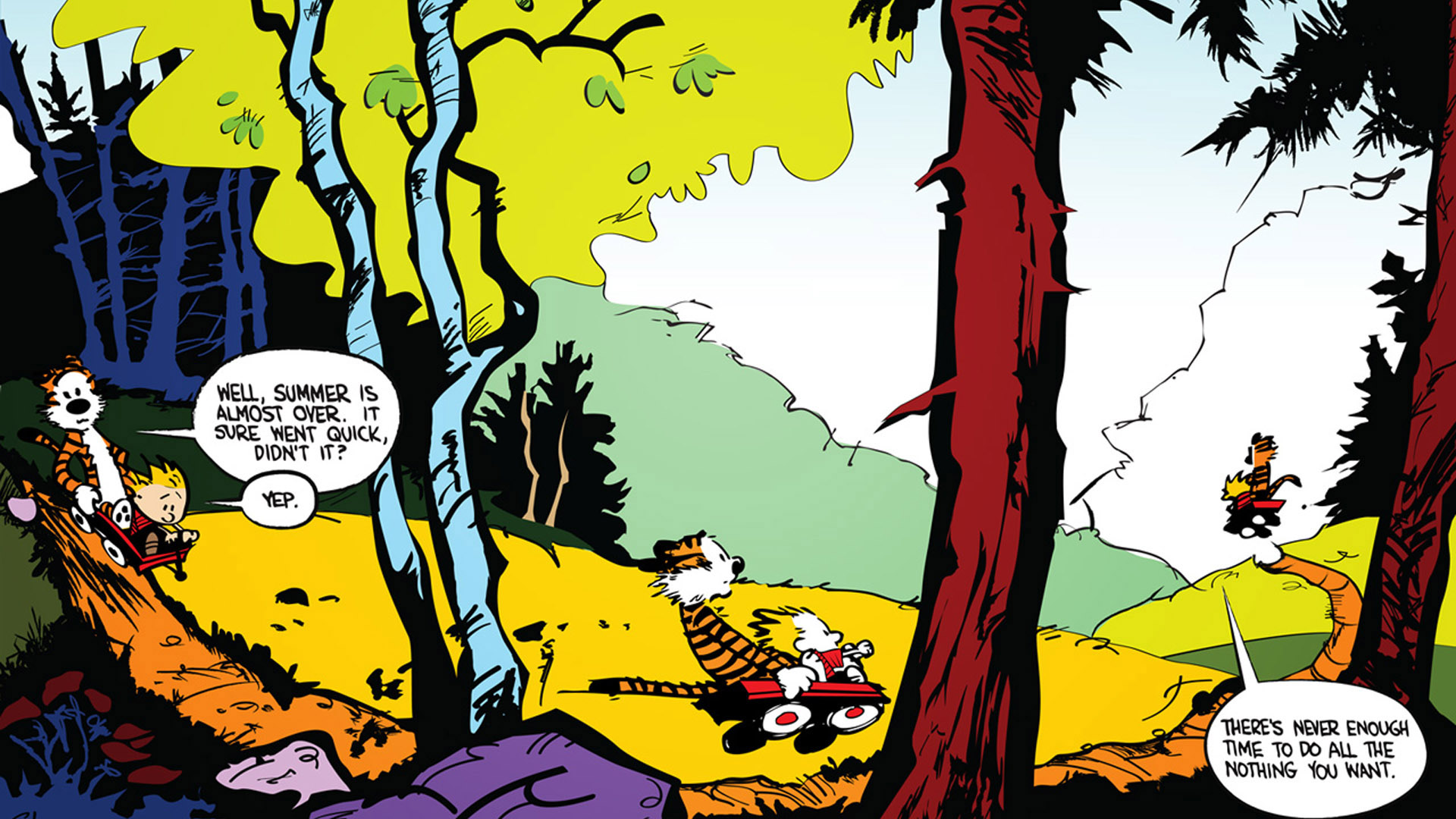People always struggle to ask for directions and I think that’s because to ask for directions is to tell the world that you don’t know. It is to admit that you had a plan and that so far, your plan has failed. To ask for directions is to humble oneself. These things aren’t the easiest to do willingly, so we resist it.
When I arrived in Quito, I decided I would take the bus into the city and then try to figure out how to use the bus system to get to my hostel. I hadn’t really done the necessary research, so the first thing I did after getting off the plane was to ask someone how to get into the city. Then ask someone whether I wanted to go to the North terminal or the South Terminal. With a little bit of knowledge in my pocket, I made my way into the city.
When I got to the North terminal, I asked how much the fare cost, then asked how to get to San Blas. When I followed the man’s instructions, I tried to confirm that the line I was in was correct with the man next to me. No, it’s over there, he said. I followed his fingers, got in a line, and tried to confirm again. No, it’s those trolleys over there, she said. I felt like a pinball in the game This Guy Has No Idea What He’s Doing. I went to the trolley line and got on the next one. I asked the conductor if I was on the right one. He said no, but he would help me get to where I was going if I stayed on.
We got to a new station on the trolley and the conductor err… conducted me to a transfer point. I confirmed successfully in line there that it was heading in the right direction. I rode the packed bus to my hostel.
The whole ordeal, from plane to hostel door, took three hours. It was rush hour on a Friday and everyone was going everywhere. The ordeal was exhausting, but not because of the crowded buses or the amount of time it took. It wore me out because it was a constant reminder of how much I don’t know.
Honestly, to confront my pride and admit my ignorance is a daily struggle for me. More than money, I find that knowledge is an alluring currency for me and laying bare my poverty shakes me. While it’s difficult, I also think it’s incredibly important that we are transparent in our intellectual humility. To suppose that we know everything is to close off the possibility of actually enriching our knowledge and learning more. To give the world the effort that the whole show demands, we need to shed our egos and embrace intellectual humility.
We are learning more and more that certain mental traits can be strengthened through action. For example, a study finds that through meditation we can cultivate our capacity for empathy. I see intellectual humility as just another mental trait for development. Perhaps asking for directions is a way of strengthening that muscle. So if you see me asking for directions, maybe I’m not lost. Maybe I’m on my way.
